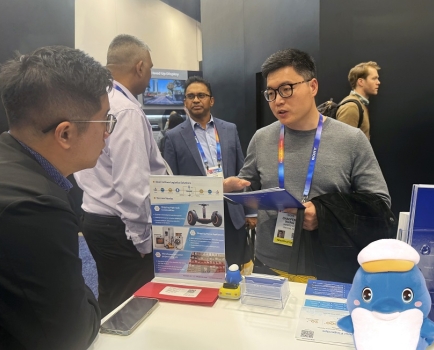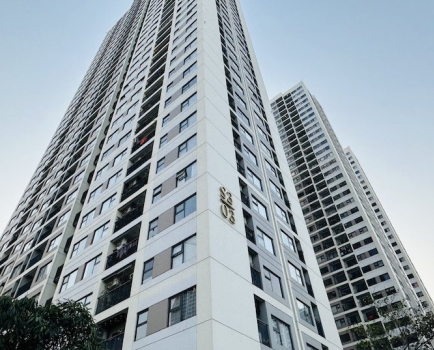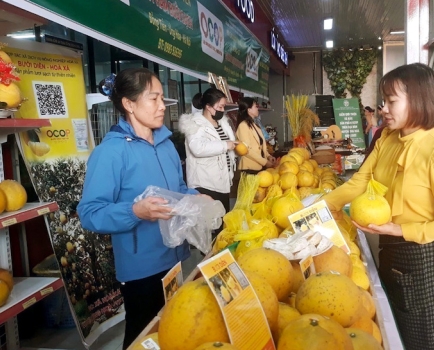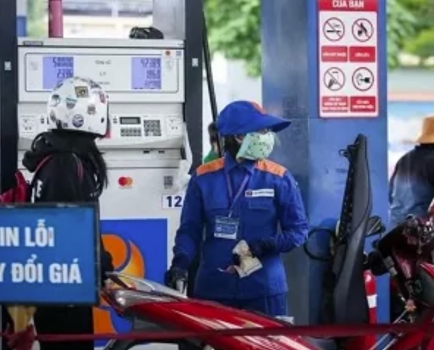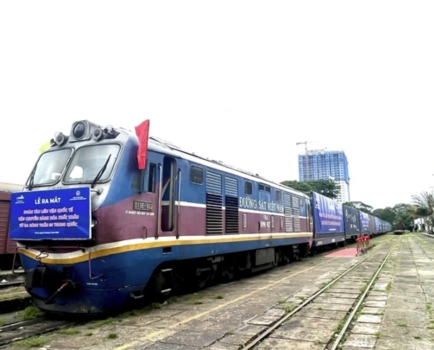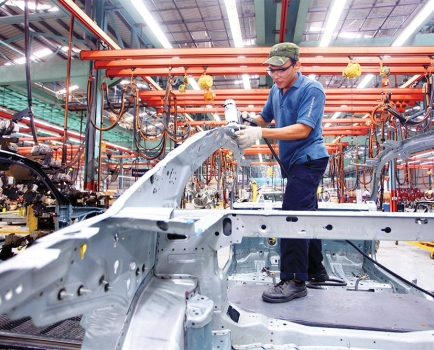Vietnam can benefit from trade dynamics
Mon, 06 Jan 2025 13:09:00 | Print | Email Share:
The makeup of the next US administration means there will be profound impacts on trade and investment relations between Vietnam and the US. Nguyen Thuong Lang, senior lecturer at the National Economics University, shared with VIR’s Hoang Minh in-depth insights into new opportunities and challenges for Vietnam in the coming period.
How do you assess Vietnam-US trade relations in the short and long term following the US election results, and what new trends might emerge?
| Nguyen Thuong Lang, senior lecturer at the National Economics University. |
When Donald Trump becomes US president, the short-term growth rate of Vietnam-US trade relations is unlikely to see much change, as both sides need to maintain stability to avoid economic disruptions, especially as both nations are still recovering from the pandemic.
However, in the long term, trade and investment between the two countries are likely to grow strongly because the incoming president holds a hardline stance against China and may continue imposing protectionist barriers.
With such measures, China, possessing vast investment resources and a large-scale manufacturing sector, will tend to shift investments and production to other countries to bypass US protectionist barriers. Vietnam will undoubtedly be China’s top choice thanks to its geographical proximity and political reliability.
Investment flows and supply chains from China to the US may likely shift through Vietnam as an intermediary hub. This is a significant opportunity for Vietnam to absorb investment flows from China and other partners, as well as expand its supply chain for goods with China. In fact, Vietnam’s export growth rate to the US almost parallels its import growth rate from China.
The new US president will be a key catalyst to expand the Vietnam-US trade scale, potentially creating a unique trade triangle between the US, Vietnam, and China.
How will potential protectionist policies from the US impact Vietnam’s key export sectors such as seafood, textiles, wood products, and electronics?
The next US president’s protectionist policies are highly recognisable and relatively clear, mainly focusing on tariffs or other trade protection measures. These policies are fundamentally aligned with World Trade Organization principles, ensuring fairness and transparency.
Over the 30 years since normalising bilateral relations, Vietnam’s export scale to the US has grown almost exponentially. This means that Vietnam’s exports significantly impact US import-substitution industries. Therefore, there is a high likelihood that trade defence measures such as anti-dumping, countervailing duties, safeguards, and anti-circumvention measures will be increasingly applied.
Vietnam holds a comparative advantage over the US in key sectors like seafood, textiles, wood products, and electronics. The impact of boosting exports in these sectors could exceed Vietnam’s expectations, helping these products penetrate deeper into the US market. However, since Vietnam has not been recognised as a market economy, it still faces risks of anti-dumping accusations if appropriate mechanisms and adjustments are not implemented.
With the US aim to reduce dependence on China in the global supply chain, what should Vietnam do to maximise this opportunity, particularly as American businesses may expand production in Vietnam?
The US strategy to reduce dependence on China in the global supply chain aligns with the broader US-China competition strategy. To achieve this, with around $600 billion worth of goods imported annually from China, the US needs to diversify its markets and build alternative supply chains.
In this context, Vietnam, having upgraded its relations with the US in September 2023 to a comprehensive strategic partnership, needs to strengthen this substantively and effectively while proactively integrating into US supply chains or building new ones.
Vietnam can thoroughly study the US supply chain control strategy to identify appropriate entry points depending on the type of product, technology, or service. Specifically, the countries should prioritise cooperation in high-tech projects and the manufacturing of precision products, such as aerospace, medical equipment, automation, semiconductors, renewables, and green energy.
Vietnam must create better conditions to attract US investment in these sectors, prioritising joint ventures that deliver mutual benefits and align with the long-term strategies of both nations. Thus, a synchronised, effective, and sustainable joint supply chain development strategy is necessary to ensure mutual benefits and collective growth.
Can Vietnam attract foreign investment that shifts away from China in this context, and which sectors in Vietnam will benefit the most?
If the US imposes high tariffs on goods from multiple countries, Vietnam will have additional opportunities to expand exports of key items such as textiles, seafood, wood products, and electronics. Profits from increased exports to the US may attract strong foreign investment inflows, including from China, for production and exports from Vietnam to the US.
China excels in manufacturing renewable energy equipment, such as solar panels, wind turbines, highway infrastructure, ships, steel, and electric vehicles. When faced with tariff barriers, Chinese businesses may shift investments into Vietnam for these sectors.
Additionally, investments in electronics components and textile raw materials production will likely increase to meet export demands. The metallurgy sector, particularly steel, also has potential to draw in investment under this trend.
This is an opportunity for Vietnam to select high-quality, low-cost, and reliable investors. At the same time, it enables domestic businesses to learn, collaborate, and enhance competitiveness in these industries.
By: Hoang Minh/ Vietnam Investment Review
Source: https://vir.com.vn/vietnam-can-benefit-from-trade-dynamics-120809.html
---------------------------------------------
Same category News :




